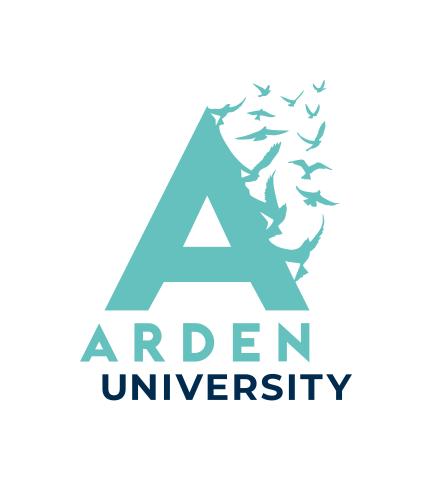
Get the word out: four ways to communicate with non-academic audiences
A fundamental belief of mine is that there is no point doing cool science or research if you don’t get to share it with people – and not just with the academic community but with the wider public, too. So many rewards accompany pushing research further, and more academics should be encouraged to share their work beyond the academic bubble.
Academic writing and communication is often the focus of early academic life. Throughout their university journey, budding academics learn to write with a formal tone and mimic the style of the articles they’re reading as part of their course. Further on in their career, academics may write for journals with their own stringent guidelines or present work at conferences or seminars with an expected structure.
- Tips for sharing research findings with diverse audiences
- The transformative potential of narrative writing explained
- You’re a content producer now, part one: how to write articles for a mainstream audience
But focusing too heavily on academic audiences can deny us the opportunity to have insightful and enjoyable discussions with those outside the higher education bubble. Academics have a responsibility to share their findings openly and model this behaviour for future researchers, rather than gatekeeping knowledge and locking research behind complex jargon.
Adjusting your communication style for non-academic audiences can require practice. Although getting used to a newer style of talking about your work may feel nerve-racking, it can also be fun.
Break free from the confines of academic structure
The first thing to learn is to drop the structure of academic papers. You may be used to structuring work with an introduction, methods, results, discussion and conclusion, but letting go of that will give you the freedom to make it more engaging – and have fun.
Engage your audience quickly
Flip the classic structure around and start with something engaging to catch your audience’s attention. For example, when talking about my research on cognitive changes associated with martial arts practice, I start by asking my audience if they’ve ever played a brain-training game. Many people immediately feel invested in finding out why brain-training games and martial arts are connected.
Tell your audience a story, taking them from that engaging opening into what you found and why it’s so interesting. Your meticulously planned-out methodology may make up the bulk of an academic presentation or article – but when speaking with non-academic audiences, a very brief overview of the methods is all that’s needed.
Put yourself out there
The most rewarding moments I’ve had sharing my research have all involved speaking with non-academic audiences. As part of Soapbox Science, a public-engagement initiative highlighting the work of female scientists, I stood on a box in the middle of Cardiff city centre wearing a white coat and armed with a model brain to talk to the public about my research. I had incredible, insightful chats with people who wanted to share their opinions on cognitive training, but the highlight was a lovely gentleman who asked lots of questions. He walked away with a huge smile on his face, excited to tell his wife he’d been a scientist today.
Through initiatives such as I’m a Scientist (in the UK) and Letters to a Pre-Scientist (in the US), I’ve met with schoolchildren and have witnessed the moment they realise they can be scientists, too, because complex research has been brought down to a more accessible level. That is the power of breaking down the barriers to scientific work and allowing people to have that all-important moment.
Scour the internet for opportunities
“So, how do I get involved?” I hear you cry. Those from a STEM background should look into the initiatives mentioned above. Soapbox Science, I’m a Scientist and Letters to a Pre-Scientist all have their own websites and social media presences, if you’d like to find out more about their mission statements and how to sign up.
For those from other backgrounds, try googling “public engagement initiatives” or “widening access and participation” with the name of your field. You can also see whether your department is organising any community days, science fairs or open days. These can be a great way to start communicating with wider audiences about your expertise in an informal setting.
Let’s continue breaking down the barriers between academics and the wider public by offering more science communication training. Building confidence in a range of communication styles and audiences is key. More institutions are offering this as part of professional development frameworks, but it’s relatively slow progress. Making wider communication skills an essential part of academic training and a desirable element to have in your toolkit can help us continue to show everyone that research is for all.
Ashleigh Johnstone is a lecturer of psychology at Arden university.
If you would like advice and insight from academics and university staff delivered direct to your inbox each week, sign up for the Campus newsletter.
Additional Links
For more advice and insight on this topic, see our spotlight guide From the lab to life: how to demonstrate research excellence.




